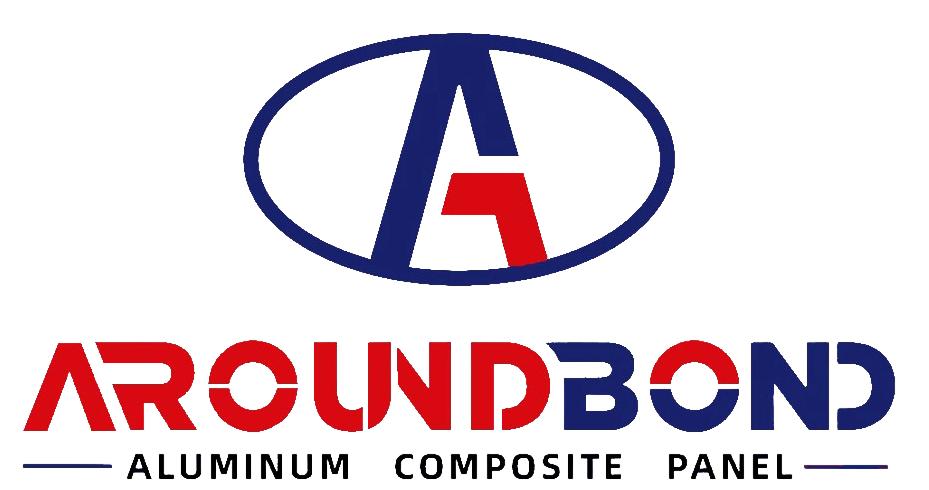Aluminum Composite Panel Installation: Step-by-Step Methodology
Aluminum Composite Panel Installation: Step-by-Step Methodology
ACP installation requires precision in surface preparation, framing, panel handling, and weatherproofing to ensure durability and aesthetic integrity. Below is a professional workflow endorsed by leading manufacturers and construction standards.
1. Pre-Installation Preparation
Tools & Materials:
ACP panels (verify color, thickness, and fire rating per design specs)
Measuring tape, laser level, electric saw (circular saw or CNC router)
Mounting system (aluminum/steel frames, J-trim starter strips)
Fasteners (core-pull rivets with rubber rings, screws, adhesives)
Safety gear (gloves, goggles, harnesses)
Surface Preparation:
Clean substrate thoroughly; remove dust, oil, or debris.
Level uneven surfaces with leveling compound.
Verify structural integrity (e.g., concrete/masonry must be crack-free).
2. Step-by-Step Installation Process
① Frame Installation:
Install vertical steel/aluminum龙骨 (framing) anchored to the main structure.
Weld or bolt connections; ensure frames are plumb (±1mm tolerance).
Space vertical supports ≤600mm apart for 4mm-thick panels.
② Panel Measurement & Cutting:
Measure installation area; mark panels using laser-guided tools.
Cut panels with a circular saw/V-groove router (blade: carbide-tipped, 80+ teeth):
For bends: Leave 0.2–0.3mm core intact at groove edges to prevent cracking.
For openings (vents/windows): Cut with 2cm margin for folding.
③ Panel Mounting:
Dry Attachment (Mechanical Fixing):
Insert folded panel edges into frame channels.
Secure with core-pull rivets (spacing: 100–150mm) + rubber seals.
Use rubber mallets to adjust alignment—avoid metal tools to prevent scratches.
Wet Attachment (Adhesive Bonding):
Apply structural silicone evenly on panel back.
Press firmly onto substrate; brace temporarily for 24h curing.
④ Joint & Seam Treatment:
Exterior: Leave 20mm expansion gaps; fill with silicone sealant.
Interior: Use seamless “secret-fix” systems or color-matched fillers.
⑤ Openings & Corners:
Reinforce window/door perimeters with L-brackets.
For curves: Cold-bend gradually (min. radius: 300mm).
3. Critical Installation Guidelines
Aspect Requirement
Weather Considerations Avoid installation below 0°C or during rain; protect panels from moisture.
Fire Safety Use mineral cores (A2/B1-rated) in high-rises; avoid PE cores near ignition sources.
Alignment Check level/plumb every 3–4 panels; adjust frames before riveting.
Protective Film Remove within 45 days to prevent adhesive residue.
4. Post-Installation & Maintenance
Inspection: Verify panel flatness, joint sealing, and fastener tightness.
Cleaning: Use pH-neutral cleaners; avoid abrasives.
Long-term Care: Inspect seals annually; replace damaged rivets/adhesives promptly.
Troubleshooting Common Challenges
Uneven Surfaces: Shim frames with stainless steel spacers.
Complex Cuts: Use CNC routers for precision shapes (e.g.,弧形 curves).
Coastal Areas: Specify marine-grade rivets + PVDF-coated panels for salt resistance.
Conclusion
Proper ACP installation hinges on meticulous planning, precision cutting, and adherence to fire/weatherproofing protocols. By integrating mechanical and adhesive methods—while prioritizing expansion joints and curvature limits—installers achieve seamless, durable facades that marry aesthetics with structural resilience.


